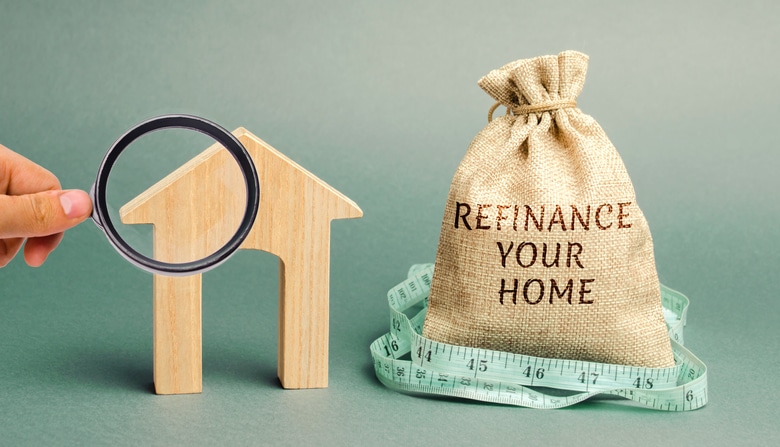Source: Buy Side from WSJ—
For most people, the prime reason to refinance a mortgage is to lower their interest rate and monthly payments.
So, when mortgage rates dipped to record low levels early in the coronavirus pandemic, refinancing activity soared. Right now, though, very few homeowners are interested in refinancing. That’s because mortgage rates are up compared with recent years—and most homeowners already have historically-low rates.
How low? The median rate on an outstanding mortgage was 3.5% as of February 2023, according to mortgage analytics firm Black Knight. At the same time the average rate on a new mortgage was around 7%.
While there are many reasons people refinance (more on that later), normally when someone has a low mortgage rate, they don’t refinance into a higher one, says Erin Wood, a financial planner with the Carson Group in Omaha, Neb.
The gap between the mortgage rate most homeowners pay, and currently available rates mean just around 275,000 homeowners could meaningfully reduce their payments by refinancing, according to Black Knight. That’s compared with about seven million people who could benefit as of early 2022.
Still, a lower payment isn’t the only reason to refinance a mortgage.
Reasons to refinance
The decision to refinance depends on individual circumstances, but you may want to consider it if you can improve your cash flow or need funds for a large expense. Here are a few reasons to refinance your mortgage:
To reduce your payments
The simplest way to lower your monthly payments is if you can refinance into a lower mortgage rate, which reduces the interest you pay on your loan. Take this simplified example: You have a $300,000 fixed-rate loan with a 30-year term and an 8% interest rate. Your monthly payments are $2,201. If you refinanced the full balance at a 6% rate, your payments would drop to $1,799.
If your financial circumstances have changed—if you have more income or a better credit score than when you applied for your current mortgage, for instance—you may be able to qualify for a lower interest rate even if average rates aren’t lower.
Keep in mind, however, that when you refinance you take out a new mortgage. That means refinancing resets not just your interest rate, but the length of your loan and your balance. These changes can cut both ways.
Shortening your loan term, such as from a 30-year to a 15-year or 20-year loan, means you’ll pay less in interest, build equity faster and pay off your loan entirely more quickly. But the downside is that your payments are typically higher.
People who have built some equity in their home and are struggling financially may want to consider refinancing into a new 30-year fixed-rate loan to lower their monthly payments. While this can help their cash flow in the short-term, it means it will take longer to repay the loan and incur more interest overall.
To eliminate mortgage insurance
Mortgage insurance, which protects the lender in case you default on your loan, is required for most loans with a down payment of less than 20%.















